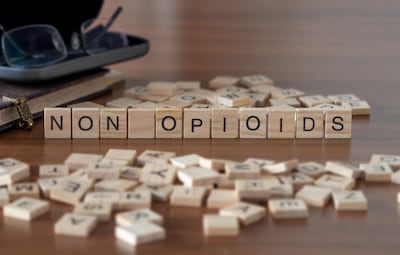Neurocrine Biosciences, Inc.sees potential headwinds in the second half of 2021 as clinics implement restrictions due to the spread of the Delta variant of SARS-CoV-2, despite sales of the tardive dyskinesia drug Ingrezza (valbenazine) beating investors’ consensus during the second quarter.
The San Diego-based company reported 3 August that sales of the drug were $265m, with prescription volume reaching 48,900. Although the company’s reported $266.8m product sales fell just shy of...
Read the full article – start your free trial today!
Join thousands of industry professionals who rely on Scrip for daily insights
- Start your 7-day free trial
- Explore trusted news, analysis, and insights
- Access comprehensive global coverage
- Enjoy instant access – no credit card required
Already a subscriber?








